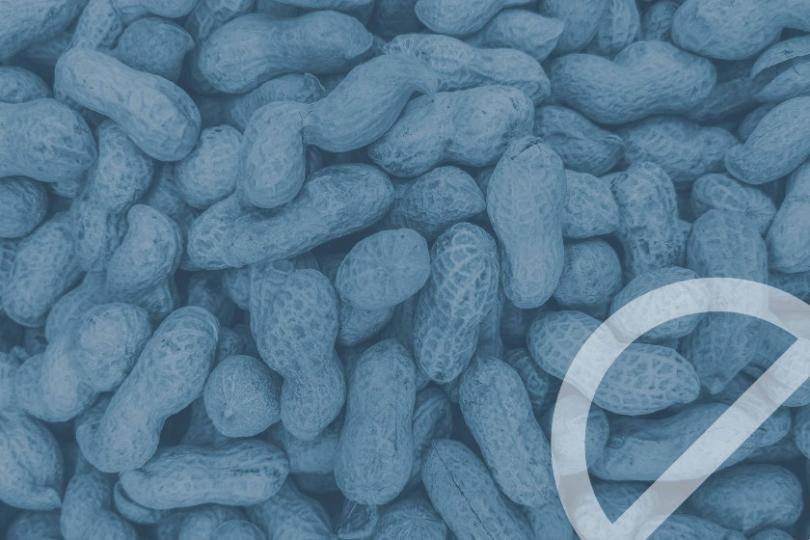Potential Side Effects
OPTIFAST® is generally considered a safe method for weight loss, with only minor and transient side effects reported. These side effects may arise from rapid weight loss and ketosis and can include:
Sensitivity to cold: As the body adjusts to lower caloric intake, some individuals may feel colder than usual.
Halitosis (bad breath): A common side effect during ketosis, which occurs when the body burns fat for fuel.
Headache: This may result from changes in diet and hydration levels.
Hair loss: Some individuals may experience temporary hair thinning due to nutritional changes.
Irritability: Mood swings can occur as the body adapts to a new diet.
Postural hypotension: A drop in blood pressure when standing up, which can lead to dizziness.
Fatigue: As the body adjusts to fewer calories, some individuals may feel more tired than usual.
Muscle cramps: A result of electrolyte imbalances during the initial stages of the diet.
Menstrual disturbances: Women may experience changes in their menstrual cycle due to significant weight loss.
These side effects are usually not severe enough to warrant discontinuation of the program. However, the first few days of the OPTIFAST® Program can be challenging, often referred to as "The 3-Day Challenge." During this time, as the body transitions into ketosis, you may experience transient side effects such as fatigue, hunger, lack of concentration, nausea, and headaches. Typically, these mild symptoms resolve within 4-6 days.





